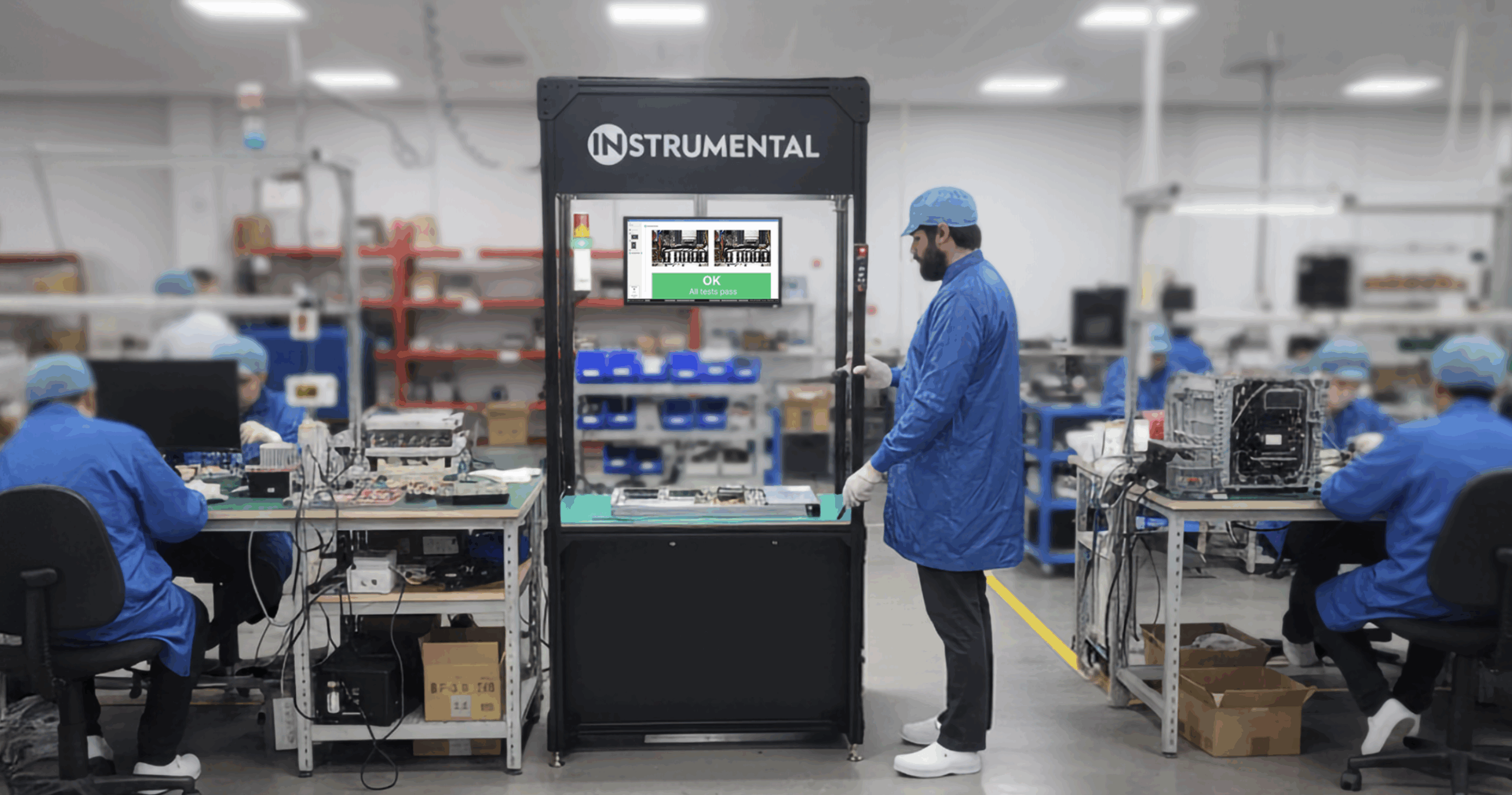Instrumental’s 2021 State of NPI Survey reveals just how challenges created by the novel COVID pandemic are still impacting the industry as leaders move into 2022 planning.
For decades, manufacturing optimization has focused on lean manufacturing and brittle practices, like geographically optimized supply chains and reducing costs. The team at Instrumental conducted research for a report on the current state of NPI. The study gathered feedback from over 100 leaders in design, manufacturing, and engineering to identify trends, changes, challenges, and industry innovation that arose as a result of the 2020 pandemic.
Of the many findings – which the report digs deeper into – there is one clear overarching takeaway: the 2020 catalysts created by the pandemic are still prevalent in 2021 and are continuing to be a pivotal force shifting and shaping the industry this year.
We put together the top three takeaways from the survey below:
1. Travel and supply chain challenges are top concerns for NPI leaders in 2021.
Leaders across all industries in the past year have been faced with challenges and unprecedented circumstances which have required me to review and adapt their priorities, objectives, and strategies. When asked what their top worries and concerns were for the year ahead in 2021, 60.95% of respondents share that the reduced ability to travel to the factory was a top concern.
The second top concern was that 50.94% of respondents shared that disruptions to the supply chain were top of mind.
What is interesting about these two top concerns, is that leaders are primarily concerned with traveling to the factory and supply chain-related issues, despite the fact tools like Instrumental reduce the need for teams to be present on site during a build. In 2020, 100% of Instrumental customers shipped their products on schedule. Many credit Instrumental’s platform for its ability to effectively manage the builds remotely.
Leaders are also concerned as always, about keeping builds on schedule. In 2021, leaders believe NPI schedules are most impacted by staffing and pandemic-related challenges. The top three threads threatening on-time completion and product releases are:
- Disruption to supply chain (45.92%)
- Engineering bandwidth or headcount (43.88%)
- Unable to travel to factory (42.86%)
2. Engineers are spending too much time not engineering.
According to leaders, the most time-consuming tasks an engineer on their NPI team relates to design, experiments, and failure analysis. The most time-consuming tasks engineers spend their average weeks on include:
- Design work (e.g. CAD, DFM, drawings, invention)
- Running experiments to diagnose problems
- Finding and analyzing data related to failure analysis
Leaders can better optimize their teams by developing efficient engineer roles which are more often than not achieved with the support of AI-powered tools than take tasks that can be automated away from workers and give them more time to work on difficult tasks that require creative problem solving.
Engineers are spending a significant amount of time traveling, which can be avoided. The State of NPI survey results indicated that prior to 2020, that an average amount of time an engineer would spend in a year traveling for a build was at least 30 days. In some teams, engineers spent up to 10 months of their year traveling to factories. With travel limited since 2020, the need for leaders to explore remote management software has become a must-do rather than a should-do.
3. The manufacturing industry is not innovating fast enough.
The pandemic was successful in catapulting the manufacturing industry into innovation, but the industry is still too slow to change and needs to be innovating at a faster rate. We see hardware such as consumer electronics products becoming more complex yearly and we’re moving towards a future where every device is a smart device. The supply chain processes and manufacturing lines used to build and ship these products are archaic. Shouldn’t these systems be innovating at the same or a greater speed?
Leaders overwhelmingly do not agree that their companies are advanced in implementing innovative technologies, which suggests the industry is brittle and slow to change.
- 74.42% of respondents disagreed that their company was advanced in Automation & Robotics.
- 82.56% of respondents said their company was not advanced in the implementation of AI & Smart Manufacturing.
The State of NPI Survey queried why the manufacturing industry is slow to change. The responses indicated that the biggest obstacles in NPI relate to design, data collection, and challenges heightened by the pandemic. Here are the biggest obstacles leaders said they faced when innovating during NPI:
- Product complexity
- Partial or incomplete data
- Low/no travel
To review all of the survey insights, download the report here,
Related Topics



